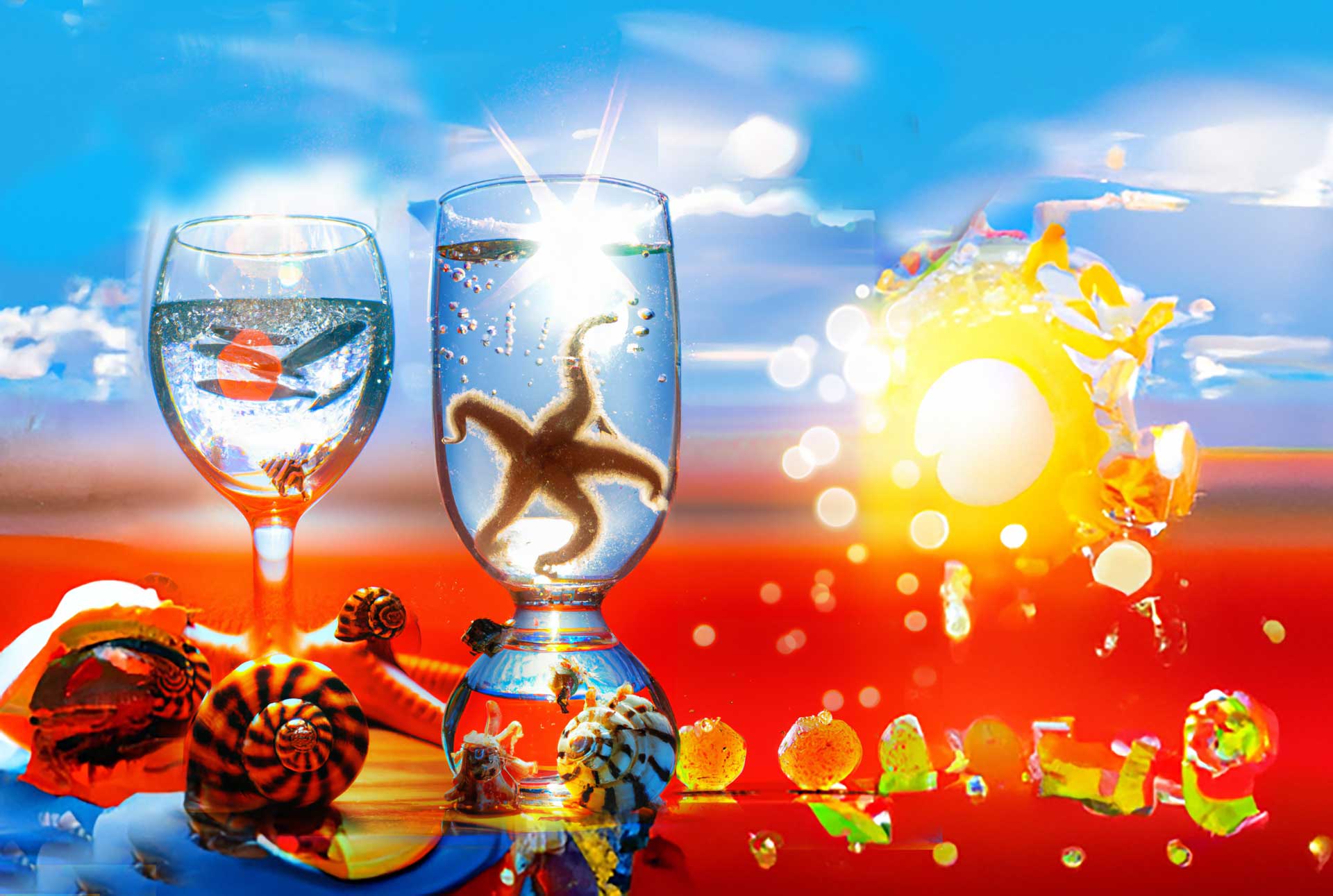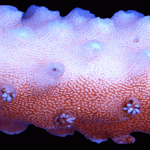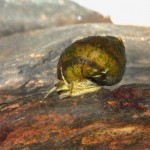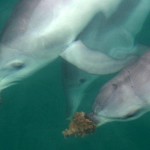
If you’ve ever been involved in a school experiment looking at ocean or river water under a microscope, you’ll know that even a single drop teems with life, from larvae and fish visible to the naked eye down to bacteria, fish eggs, zooplankton and even worms that can only be revealed under higher magnification.
Scientists are now looking even more closely, using the relatively recent technique of environmental DNA (eDNA) sequencing. This allows researchers to extract partial DNA or RNA from a sample of water, to amplify it (making copies), and then to match it against known reference sequences.
Not only can eDNA identify thousands of species in a single sample of water (or soil, or even air), the technique can be used in the field to assess biodiversity in aquatic and other environments faster, more comprehensively, yet also much less invasively than traditional physical surveys.
The uptake is growing so quickly that the first Australian and New Zealand Environmental DNA Conference was held in Hobart in February 2023, bringing together some of the world’s leading researchers and technology providers in the space.
There is much still to be learned. Because of the DNA amplification technique, the slightest contamination can deliver false results. Scientists are also still learning about how eDNA’s is distributed in the environment, how far it travels from its ‘point of release’, and how different water qualities affect how well mixed it is in the water column.
There are also many things that can affect results when sampling. eDNA degrades faster in warmer water because of increased microbial activity, a strong driver of eDNA degradation. Yet this can be offset by an increased production of eDNA under these conditions.
So there is no specific answer to the question. But with the new techniques and others in development, the answer is far higher than you would have counted through your school microscope.

eDNA sampling can reveal ocean diversity
California-based Illumina is a leader in eDNA sequencing; it was gold sponsor of the Hobart event. Its ‘next-generation sequencing’ workflow involves a three-stage process after sample collection.
SAMPLE PREPARATION: In order to be ‘amplified’, DNA or RNA samples must be prepared, typically by fragmenting DNA and adding special ‘adapters’ to both ends.
CLUSTER GENERATION: The clusters of DNA fragments are amplified in a process called cluster generation, resulting in millions of copies of single-stranded DNA.
SEQUENCING & ANALYSIS: Chemically-modified nucleotides bind to the DNA template strands allowing them to be read. The resulting data is then analysed by computer.
YOU MIGHT LIKE: Unreal nature, as AI images blur boundaries






